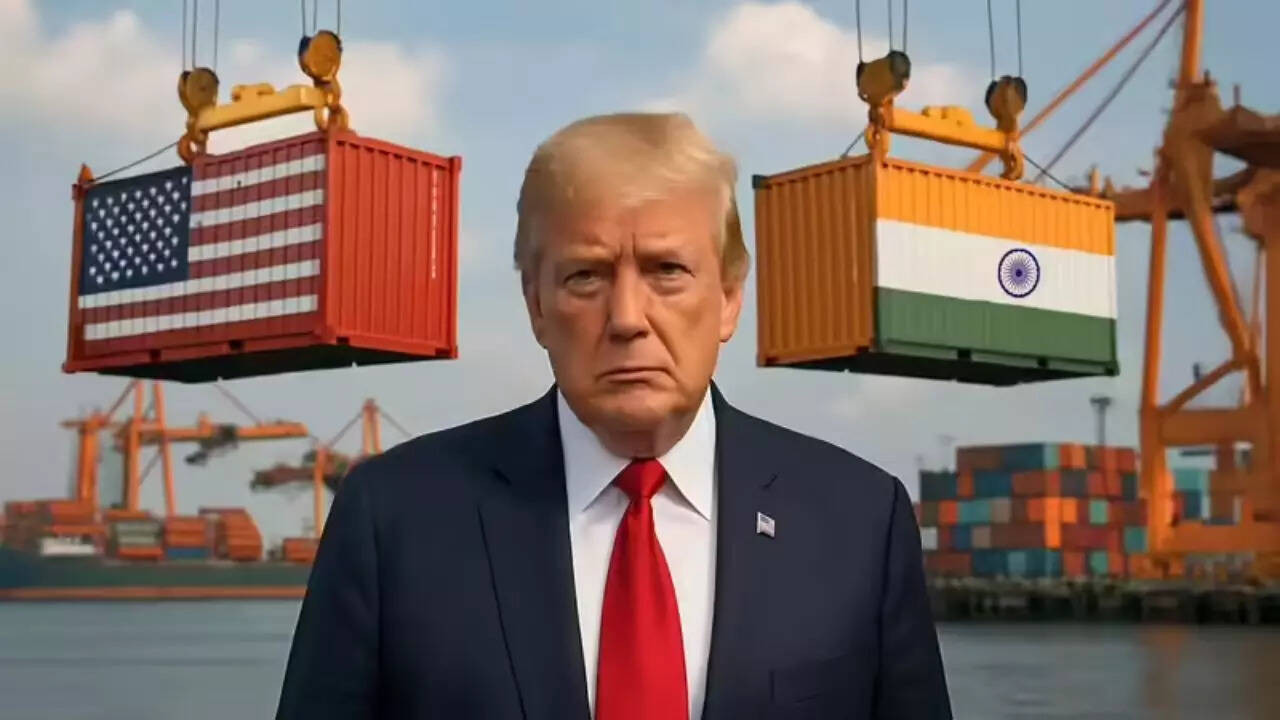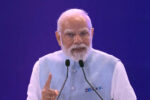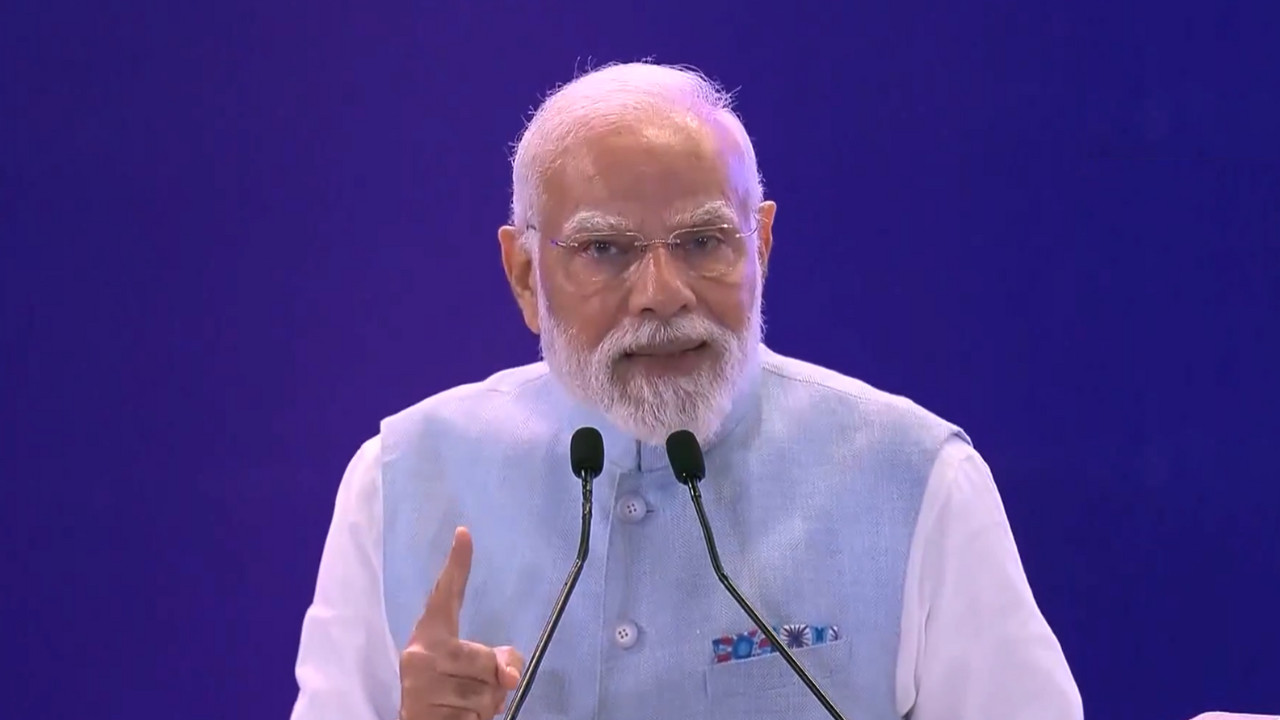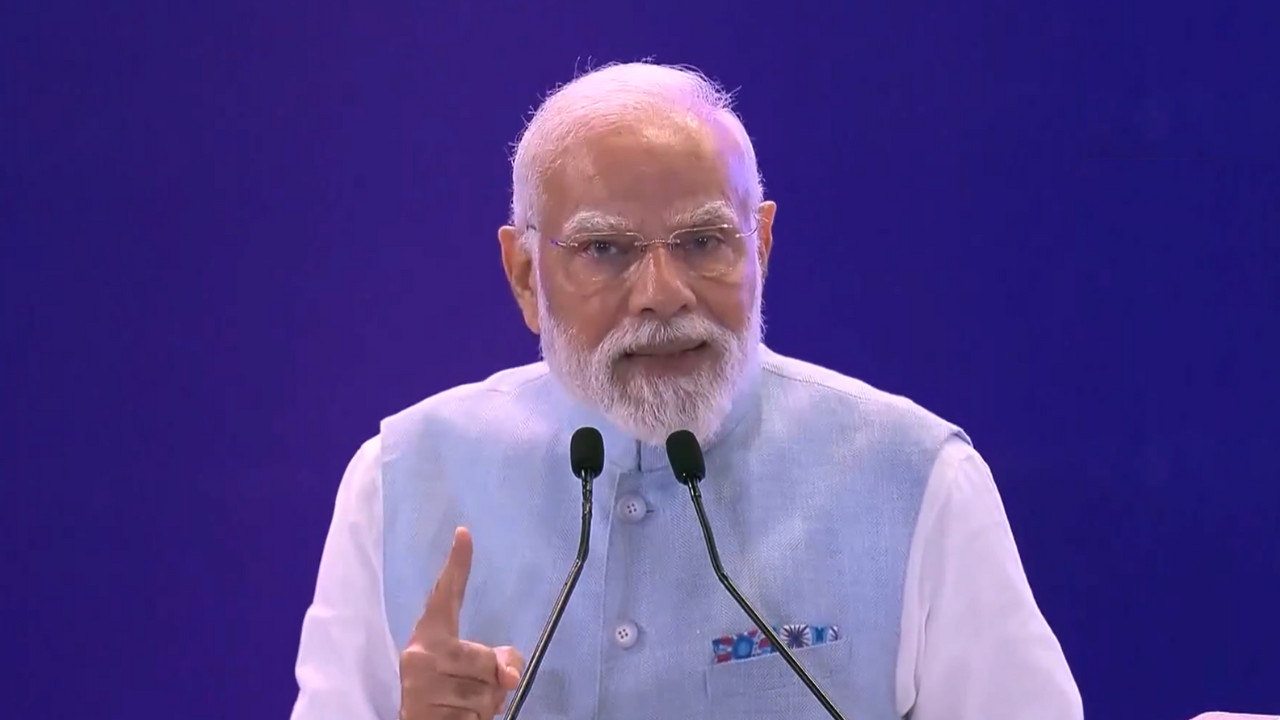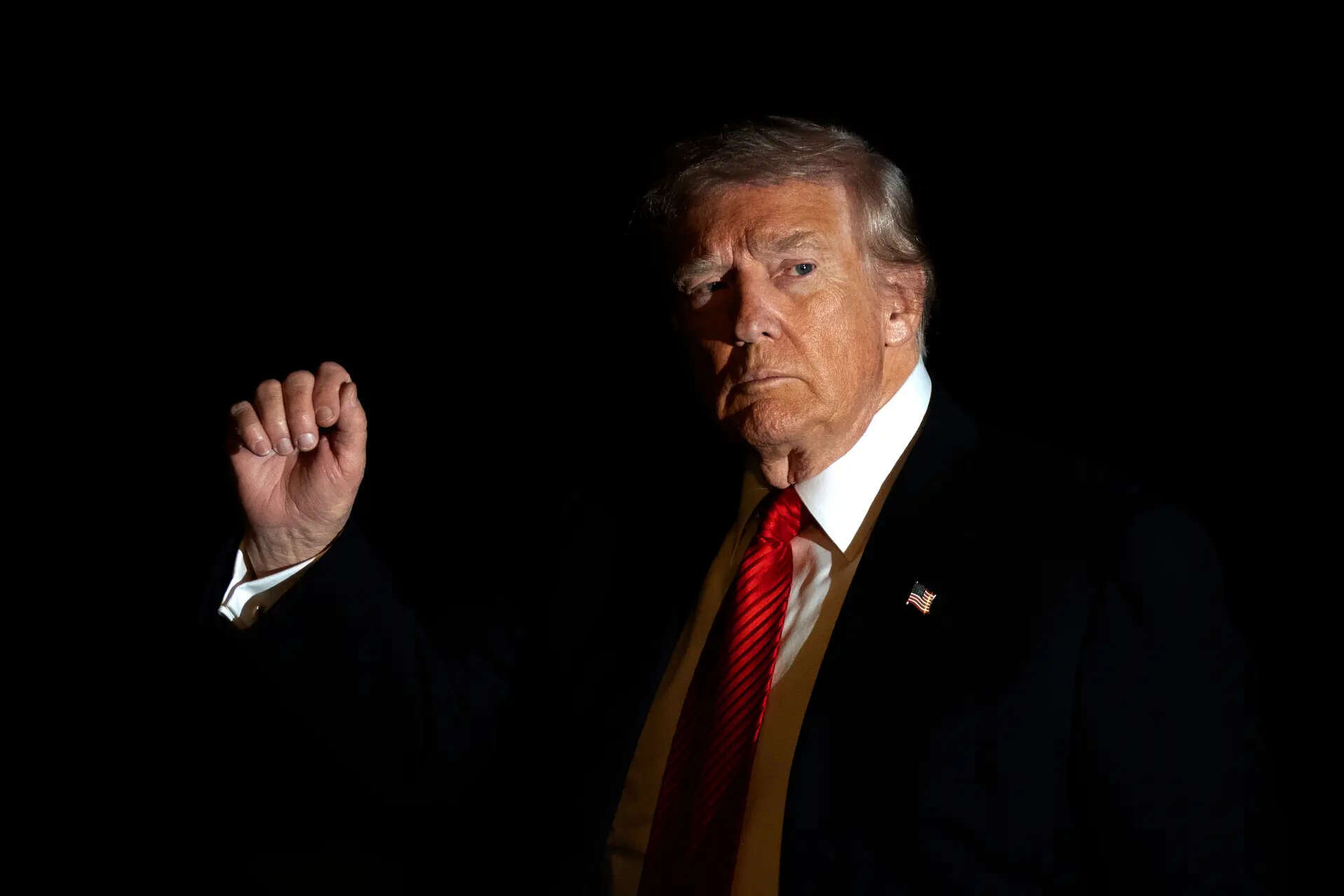Decoding the Tariff Tango: Will India Face New US Duties?
The air crackles with anticipation, a familiar tension building as the US and India navigate the complex dance of international trade. Whispers of potential tariffs, specifically targeting Indian goods, have been circulating, leaving businesses on both sides of the globe holding their breath. But what’s really happening? Let’s unpack this.
For now, it seems like the US is adopting a “wait-and-see” approach. Senior officials in Washington have indicated that any decision regarding tariffs on India will hinge heavily on the outcome of ongoing trade discussions. This suggests a strategic pause, a deliberate moment of observation before potentially escalating trade tensions. Is it a bluff, or a genuine desire for a negotiated solution? The coming weeks will likely reveal the answer.
What we know is that the US has been voicing concerns about certain Indian trade practices, specifically those impacting American businesses seeking access to the burgeoning Indian market. These concerns aren’t new; they’ve been simmering for some time, fueled by perceived imbalances and barriers to fair competition. It’s a classic tale of two economic giants, each with its own priorities and perspectives.
The potential imposition of tariffs would undoubtedly send ripples through the Indian economy, impacting a range of sectors from manufacturing to agriculture. Indian exporters, already facing global headwinds, would need to recalibrate strategies and potentially absorb increased costs. For consumers in both countries, it could mean higher prices on imported goods. The stakes are high, making a diplomatic resolution all the more crucial.

India’s Balancing Act in Trade Negotiations
India finds itself in a delicate position. It needs to protect its domestic industries and ensure equitable access to global markets, including the US. At the same time, it needs to maintain a constructive dialogue with Washington, a key strategic partner. This balancing act requires shrewd diplomacy and a willingness to compromise – finding solutions that address US concerns without undermining India’s economic interests.
The government is likely to emphasize India’s commitment to fair trade practices and highlight the significant opportunities the Indian market offers to American companies. They will also likely point to the growing bilateral trade relationship, showcasing the mutual benefits derived from increased economic cooperation. After all, the US remains one of India’s largest trading partners, a relationship built on decades of mutual growth and collaboration.
The Impact of US Tariffs on the Global Stage
This situation isn’t just about India and the US. It reflects broader trends in the global trade landscape. Protectionist sentiments are on the rise in many countries, driven by concerns about job security and national competitiveness. These trends can disrupt global supply chains, dampen economic growth, and fuel geopolitical tensions.
A potential trade war between the US and India could have cascading effects, impacting other countries and regions. It could undermine the rules-based international trading system, creating uncertainty and instability. That is why a negotiated outcome is not only beneficial for India and the US but also vital for the stability of the global economy.
The outcome of these trade negotiations has the potential to reshape the economic relationship between the two nations for years to come. Whether it leads to a harmonious partnership or a period of friction remains uncertain. The next steps taken by both countries will be crucial in determining the future trajectory of this vital relationship. For insight into how India is expanding its economic reach elsewhere, see our piece on [India’s trade agreements with the EU].
The world watches with bated breath as the tariff drama unfolds.
Conclusion: Navigating the Uncertainties
The future of US-India trade relations is currently unwritten, a narrative waiting to be authored by the decisions made in the coming weeks and months. The US’s “wait-and-see” stance provides a window of opportunity for both nations to engage in meaningful dialogue and find common ground. Whether this opportunity is seized and a mutually beneficial resolution achieved will significantly impact not only the two countries involved, but the wider global economy. The key takeaway is that open communication and a willingness to compromise are essential to navigate these complex economic challenges.
